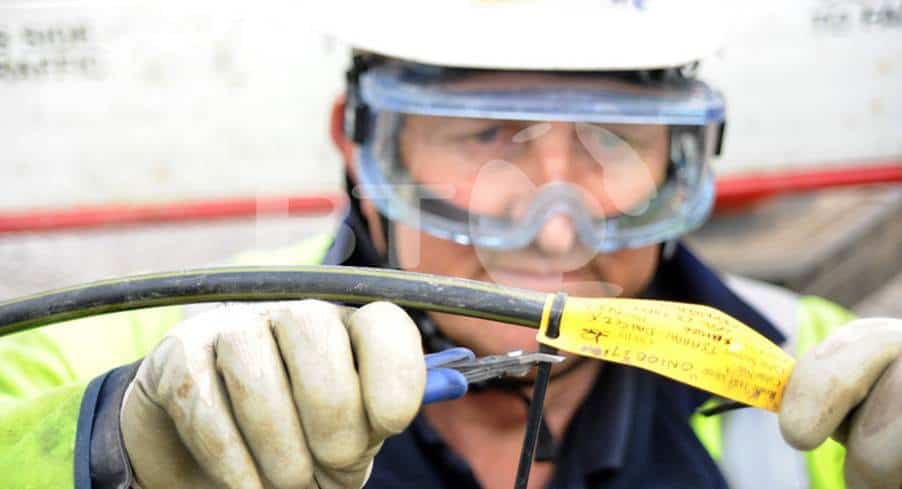The UK goverment has announced plans to invest over £1 billion to encourage the rollout of a full fibre-to-the-premises (FttP) network and 5G to bolster the country’s digital infrastructure.
UK’s Chancellor of the Exchequer, Philip Hammond said that the investment will support the private sector to roll out more full-fibre broadband by 2020-21 and also to support trials of 5G mobile communications. And from April 2017, the UK government will also provide a new 100% business rates relief for new full-fibre infrastructure for a 5 year period.
Included in the Autumn Statement from Britain’s Treasury, the Chancellor said he wanted the ‘UK to be a world leader in 5G’. The UK will also be allocating £400m ($500m) for a Digital Infrastructure Investment Fund to accelerate the roll out of superfast internet.
In commenting on the initiative, Dr Sameh Yamany, Chief Technology Officer at Viavi Solutions said, "The UK government is right to invest in 5G, even though the standards have yet to be agreed. Truth is, 5G can’t come soon enough for mobile operators. They will need to provide connectivity for over 20 billion IoT devices - so everything from smart homes to self-driving cars - for the Internet of Things (IoT). It is estimated that IoT revenues will grow to $3 trillion by 2025 and $1.3 trillion will come from end-users. No wonder operators want a piece of that pie, yet IoT poses some unique challenges and mobile operators aren’t ready for a 5G future."
Viavi Solutions, a leading provider of network test, monitoring and assurance solution is working with network operators, equipment manufacturers and their ecosystems as part of major industry bodies to develop well-defined and harmonized standards for 5G. The company is also part of The White House Advanced Wireless Research Initiative in the US which fosters R&D and collaborates with the likes of AT&T, T-Mobile, Nokia and Samsung on 5G connectivity and beyond.
Dr Sameh Yamany added that, "IoT devices have different and in many cases paradoxical needs. Connected cars require ultra-low latency to transmit information at lightning-fast speeds so other cars can avoid a hazard. Conversely video-intensive applications that run 4K videos will have demanding bandwidth requirements. And operators will also need to provide connectivity for the latest smartphones too. It is a delicate balancing act."


















